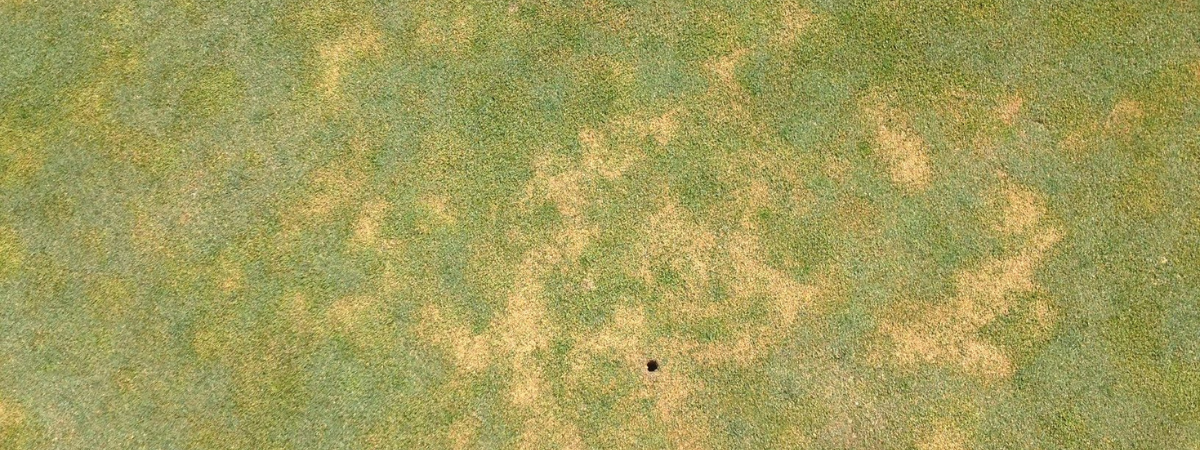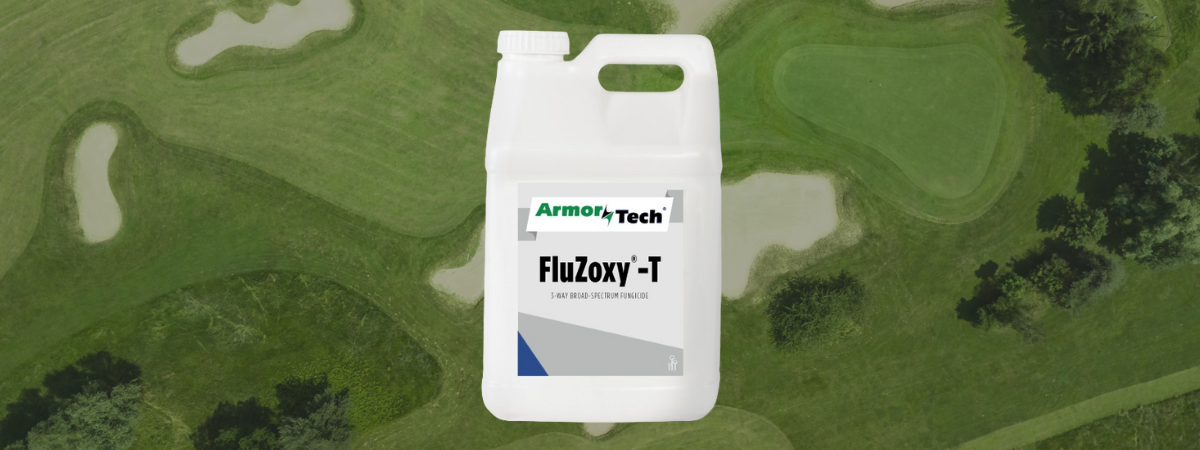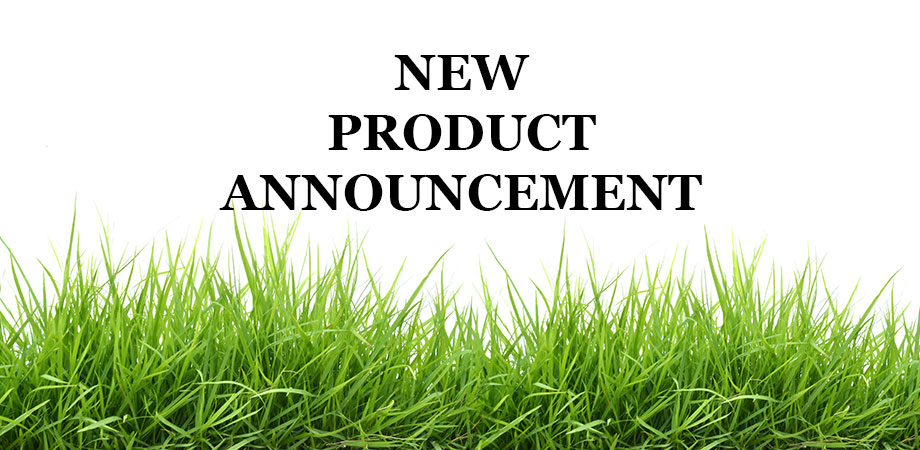Dealing with hydrophobic soil is a common challenge for golf course superintendents. When soil is exhibiting hydrophobicity, that means it resists water infiltration. This leads to uneven moisture distribution and increased turf stress in affected areas, often causing localized dry spot (LDS). Hydrophobicity often affects sandy soils, which are common on greens and tees, so it’s important for superintendents to pay attention to their turf.
How and Why Does Soil Become Hydrophobic?
In non-humid conditions, the moisture in soils—especially sandy ones—can dissipate, which causes soil particles to react by forming a waxy residue of sorts around themselves. This acts as a barrier, preventing water from moving through the soil profile and down into the roots where it’s needed most.
Problems Caused by Hydrophobic Soils
Having hydrophobic soil can lead to LDS, irrigation/water management problems, and can make the course vulnerable to diseases and pests. LDS can impact the appearance of the course and can affect playability in some cases. In the realm of water management, runoff from hydrophobic areas can be a problem, leading to standing water and wasted irrigation resources—especially detrimental to courses in areas with water usage limits. The turf can become weakened, too, which makes it more susceptible to pests and diseases.
How to Fix Hydrophobic Soils With Wetting Agents
Effectively managing hydrophobic soils is best accomplished through soil surfactants, also known as wetting agents.
These products reduce the surface tension of water, allowing water to penetrate the soil more effectively, get down to the roots, and be retained effectively. Irrigation and rain events won’t pose as much of an issue since the risk of runoff and standing water is reduced, providing a good, firm playing surface that’s ready for play faster. Once water hits the lower root zone, the roots will grow and generate the energy needed to survive the summer and combat issues like LDS.
There are two major types of wetting agents: hydration and infiltration.
- Hydration chemistries help hold moisture in the soil, increasing the water content in the soil and combatting LDS. These are commonly used during drought conditions.
- Infiltration chemistries help push water down into the soil, getting it off the surface and into the soil profile. These are commonly used during periods of high rainfall and on standing water.

Many wetting agents combine hydration and infiltration properties, giving superintendents a good balance of soil moisture while also helping water move through the soil and to the root zone. Here are a few product options:
Hydration: HydroPak Matador
As a hydration surfactant, Matador helps break down soil particles’ wax-like, hydrophobic coatings. It helps reduce water repellency and allows the soil to absorb water. It should be applied beginning at the onset of summer and then throughout the summer until heat and drought symptoms die down. Learn more about Matador here.
Infiltration: HydroPak Aqueous
HydroPak Aqueous is an infiltration surfactant that reduces the surface tension of water, helps improve water quality, and ensures water moves into the root zone. It helps water infiltrate quickly, reducing the risk of runoff and standing water on the course. See all the benefits of Aqueous in our blog post.
Both Hydration and Infiltration: HydroPak Percolate
Also by HydroPak, Percolate is a combination hydration and infiltration surfactant that helps improve water penetration and ensure the course’s turf is holding onto enough water. It should be applied monthly starting in late spring. See our Percolate blog for more information.
Tip: If superintendents have not applied wetting agents during May/June, a rescue application may do the trick to relieve LDS. These applications can help relieve LDS symptoms within a few days.
Managing Hydrophobic Soils
Taking care of hydrophobic soil requires constant monitoring of moisture levels and on-time wetting agent applications. If you’re looking for tips and/or products to help fight hydrophobic soil—from standing water to LDS and more—reach out to your ATS rep. If you’re new, find a rep here in seconds.












